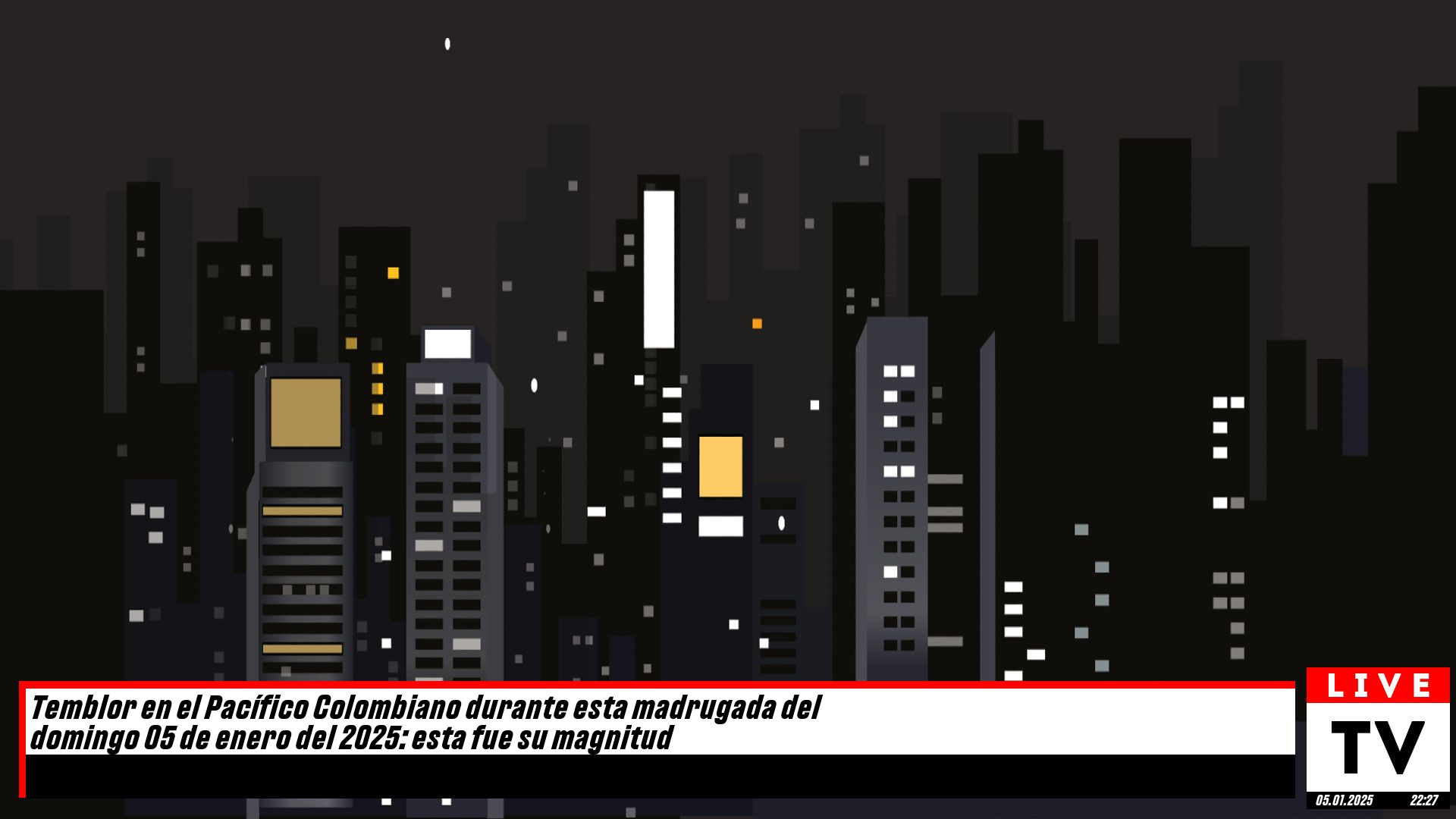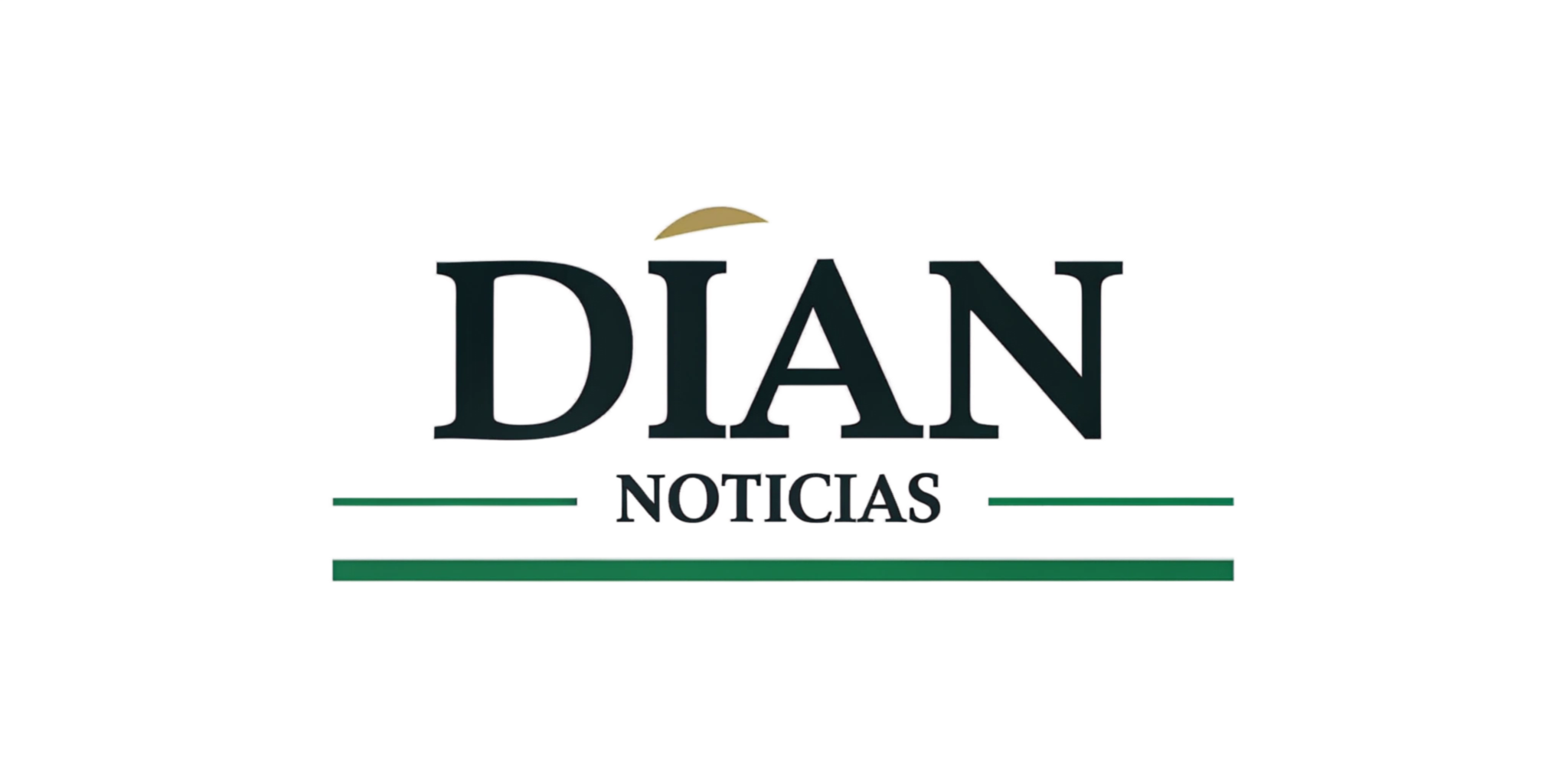New Orleans Unites in Resilience After Attack: 'We Won't Let Terrorism Define Us'
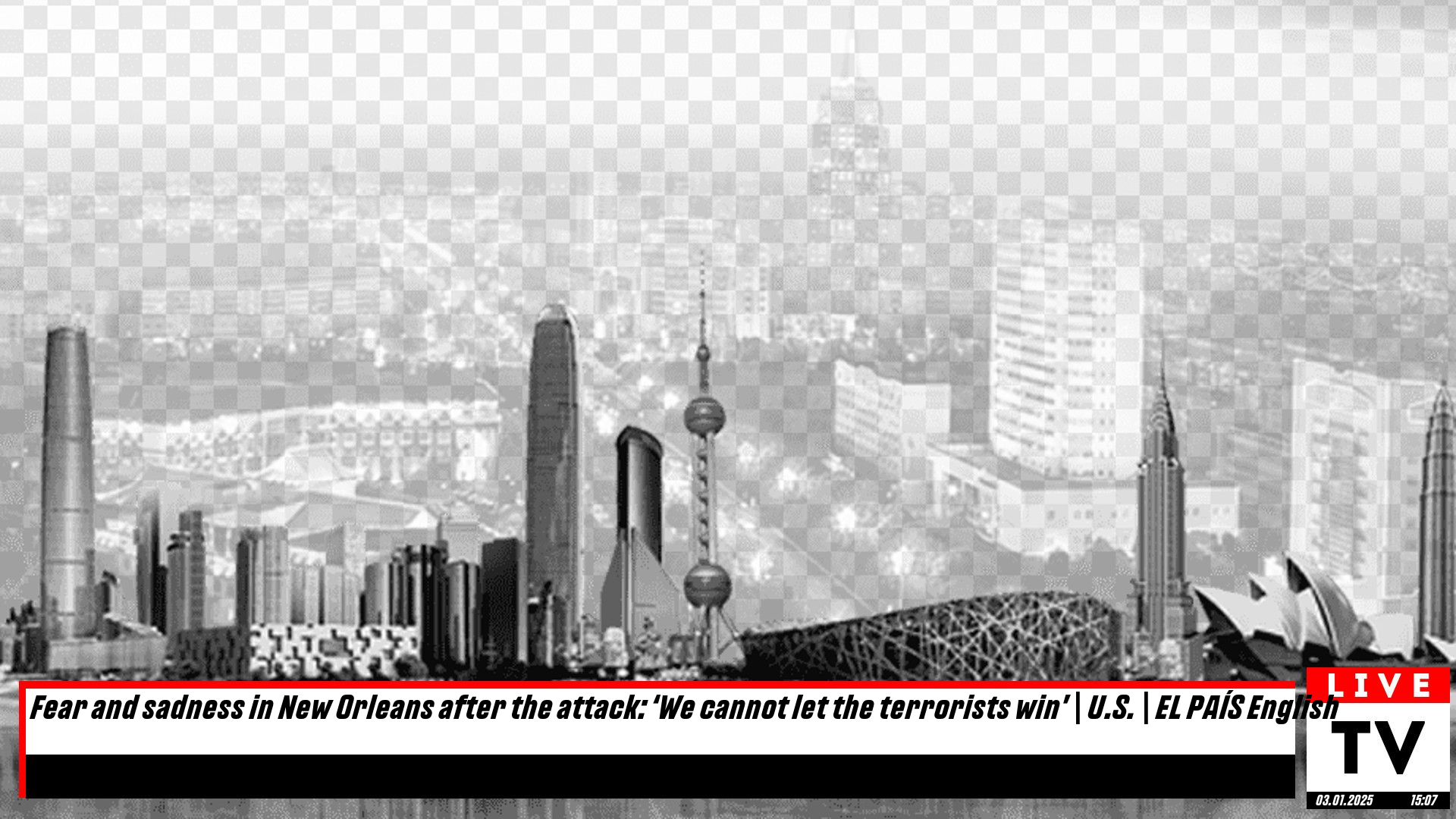
La famosa Bourbon Street, emblema del Mardi Gras de Nueva Orleans y de la celebración ininterrumpida, volvió a abrir sus puertas al público el jueves. La música que se escapa de los bares intenta evocar un ambiente de normalidad. Los vendedores ambulantes, como en innumerables ocasiones, ofrecen collares en los colores del Mardi Gras —rojo, verde y amarillo— junto a amuletos destinados a ahuyentar el mal de ojo.
Yet, the veneer of normalcy fades quickly. Just over 24 hours earlier, Shamsud-Din Jabbar, a 42-year-old war veteran, drove a rented truck into a crowd celebrating the New Year and opened fire. The attack left 14 dead and 35 injured before police fatally shot Jabbar. He was carrying an Islamic State (ISIS) flag in what the FBI has classified as a terror attack, though they have ruled out the involvement of accomplices.
At the corner of Bourbon Street and Canal Road, a hallmark of the French Quarter and the historic heart of New Orleans, Mayor LaToya Cantrell and local religious leaders placed 14 yellow roses, each representing one of the victims. Passersby have added Mardi Gras beads to the makeshift memorial. A woman pauses, crossing herself as tears fill her eyes. The faint scent of disinfectant lingers, a somber reminder that cleanup crews have only just completed their efforts to sanitize the street after the tragedy.
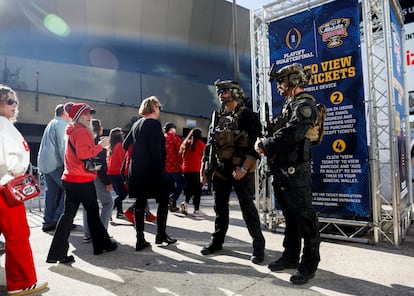
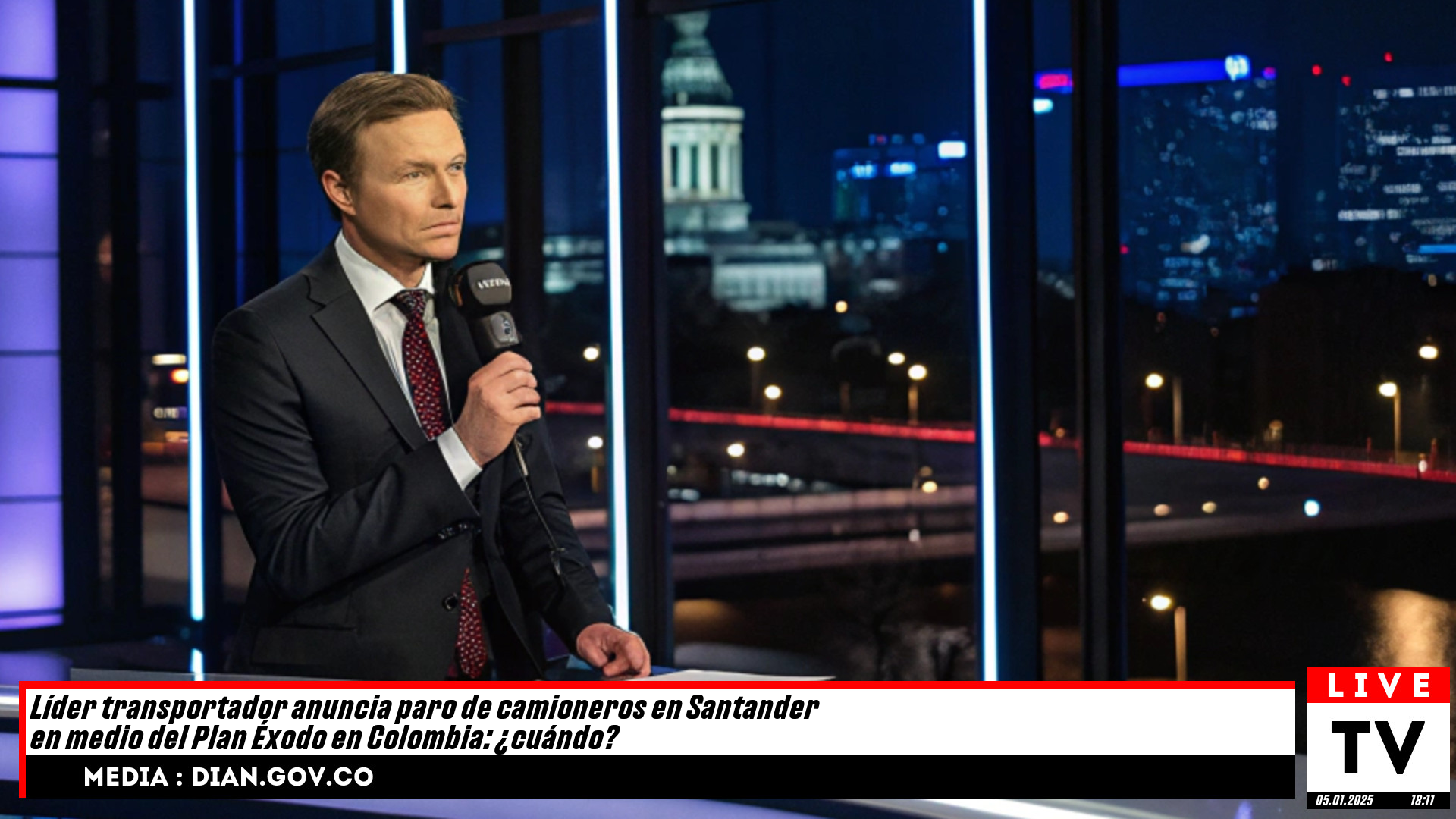
Camioneros de Santander convocan paro durante el Plan Éxodo en Colombia: ¿cuáles son las fechas?
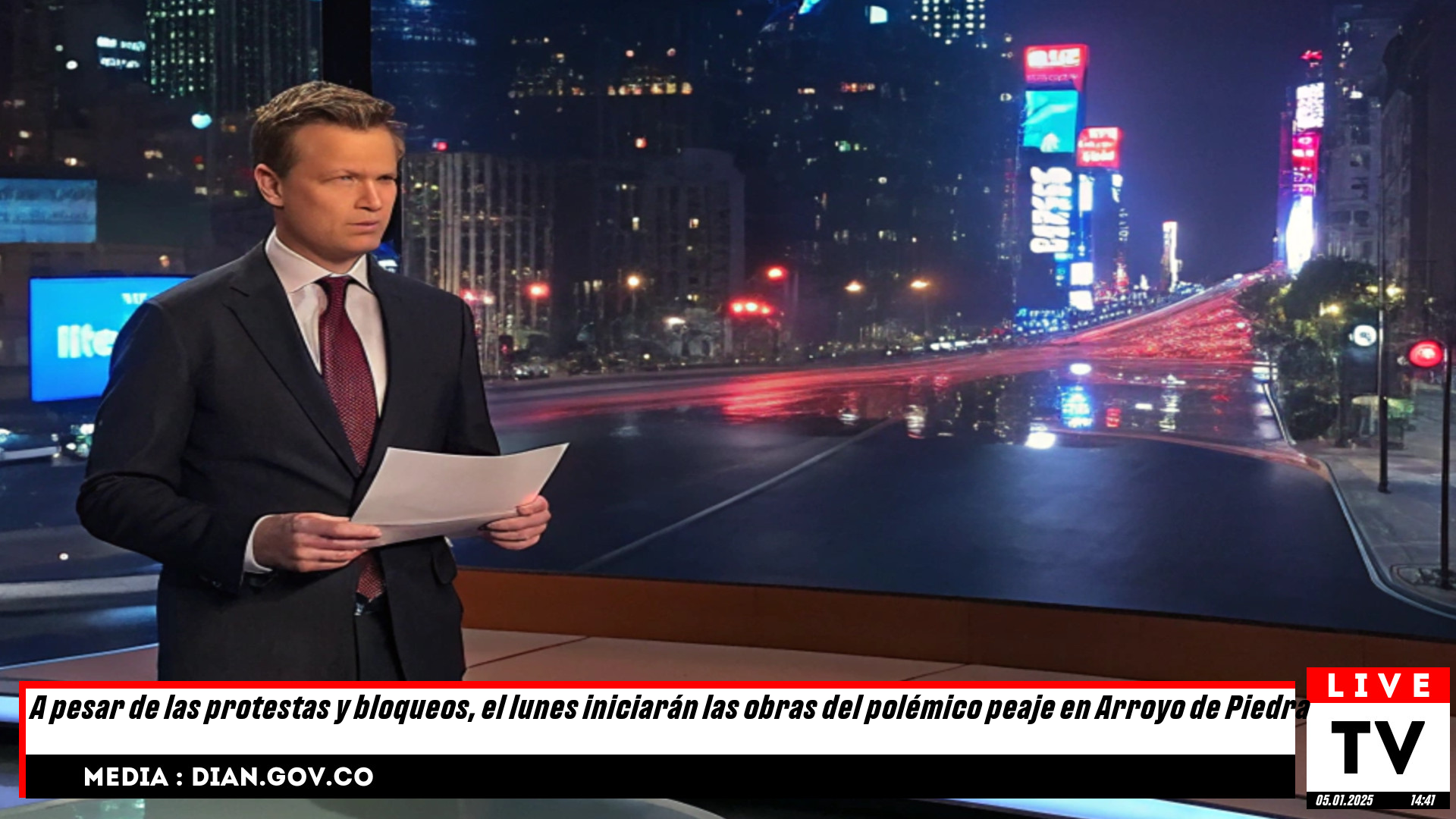
A pesar de las manifestaciones, el lunes dan luz verde a la construcción del controvertido peaje en Arroyo de Piedra.
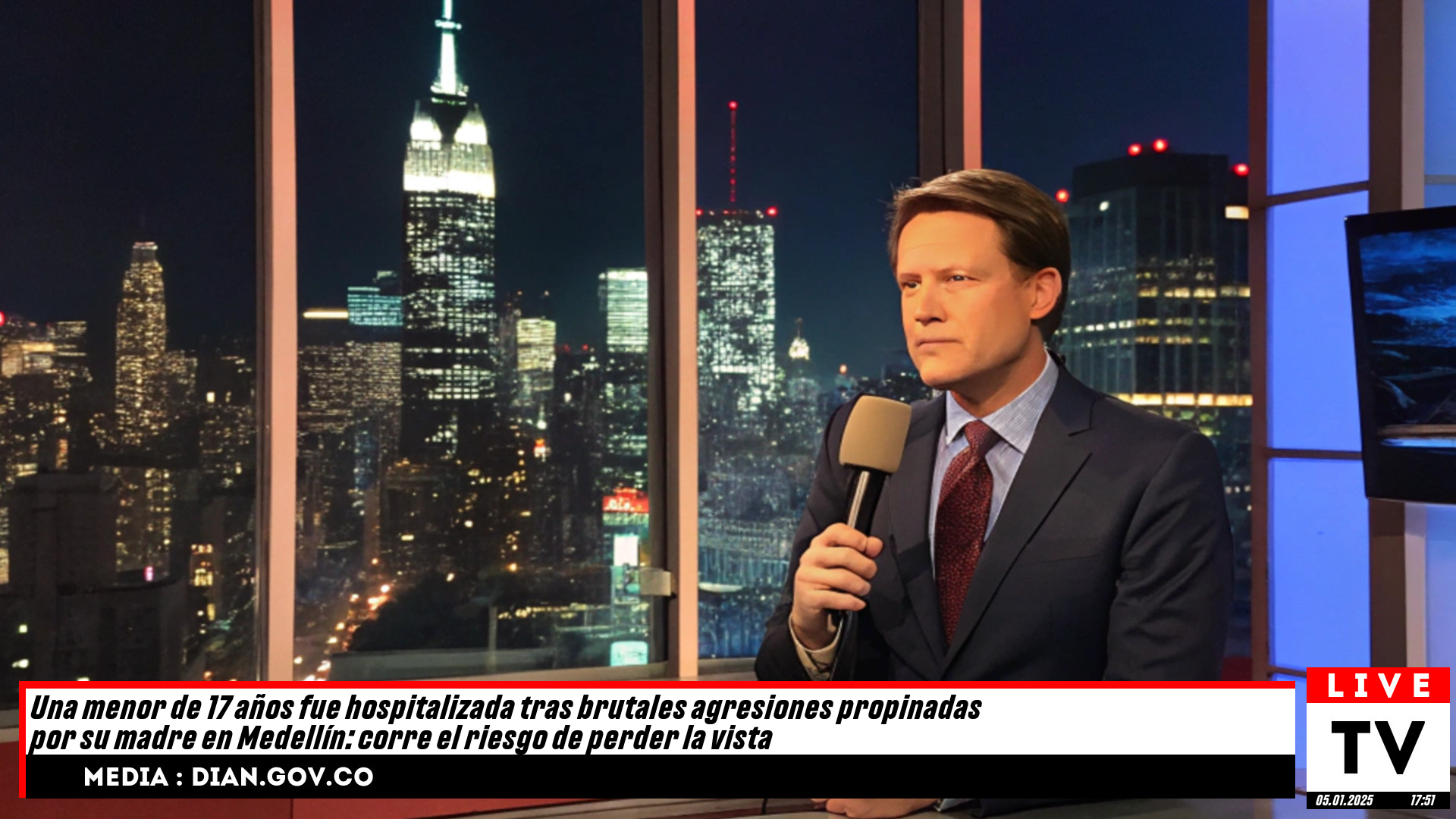
Menor de 17 años en estado crítico tras salvaje ataque de su madre en Medellín: su visión en peligro
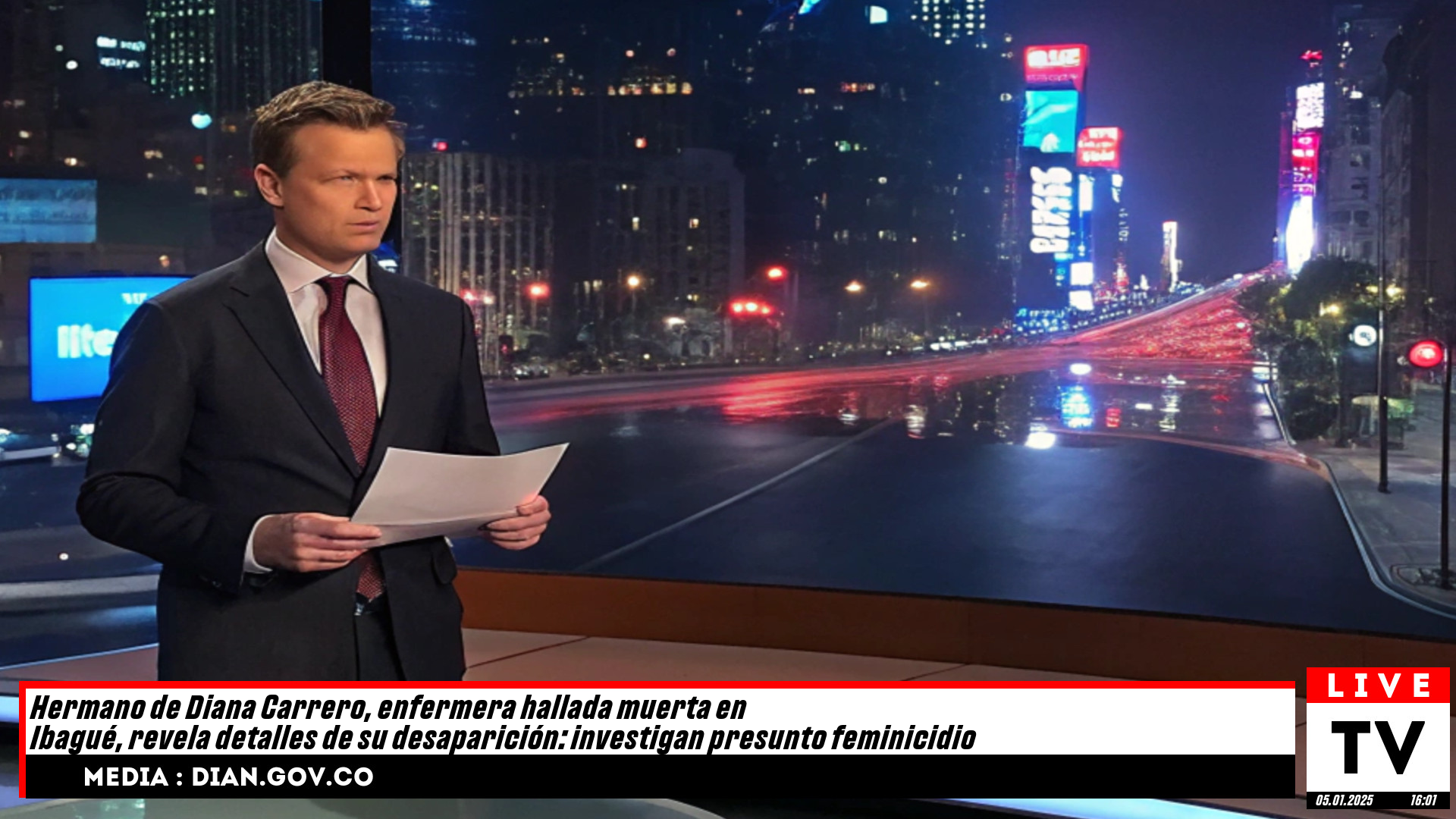
Revelan nuevo testimonio del hermano de Diana Carrero, la enfermera encontrada sin vida en Ibagué: avanza la investigación por un posible feminicidio.
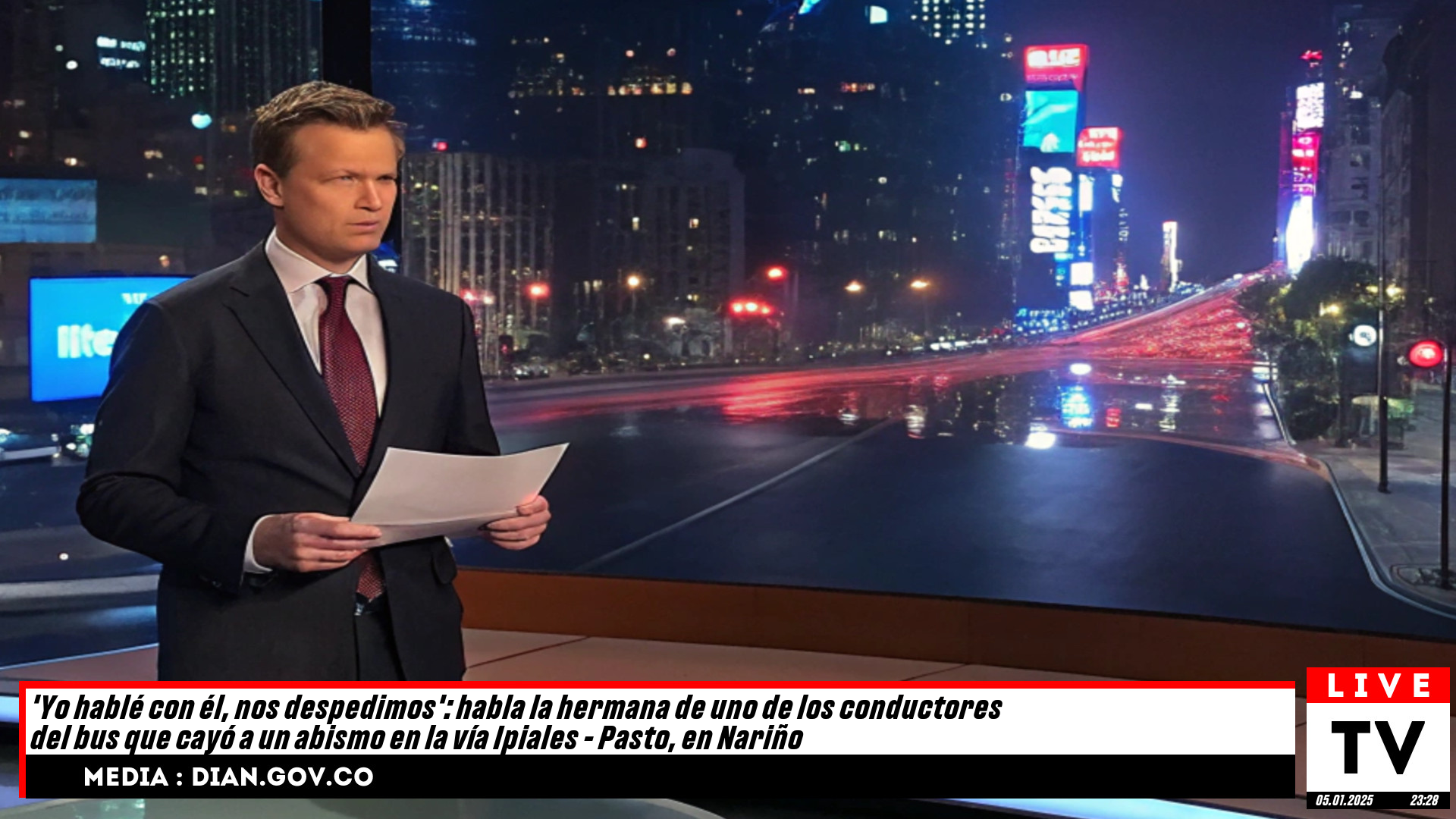
"Tragedia en la vía Ipiales - Pasto: La conmovedora despedida de la hermana de uno de los conductores del bus que se precipitó a un abismo"
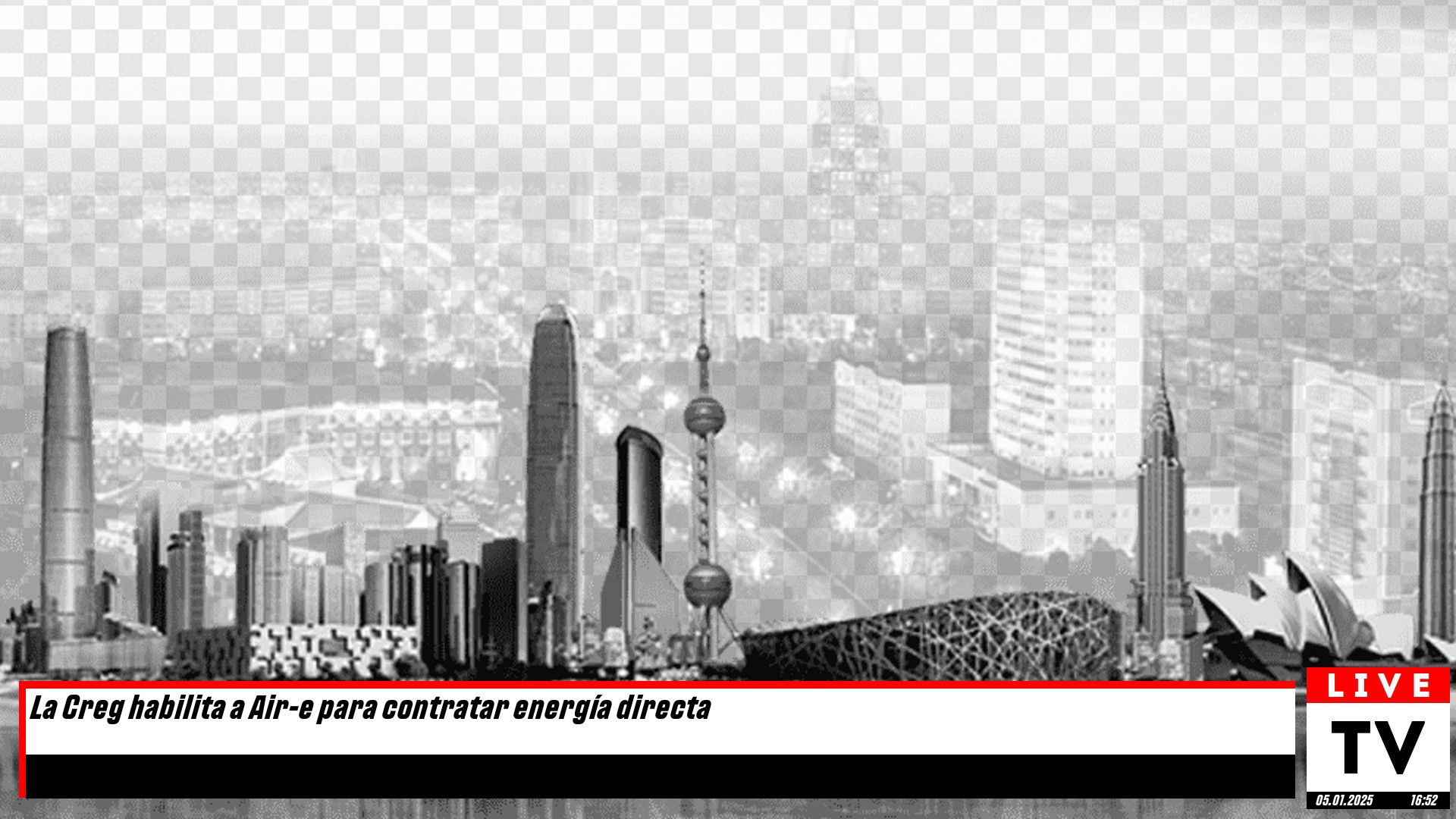
¡Air-e ya puede contratar energía directa tras la aprobación de la Creg!
